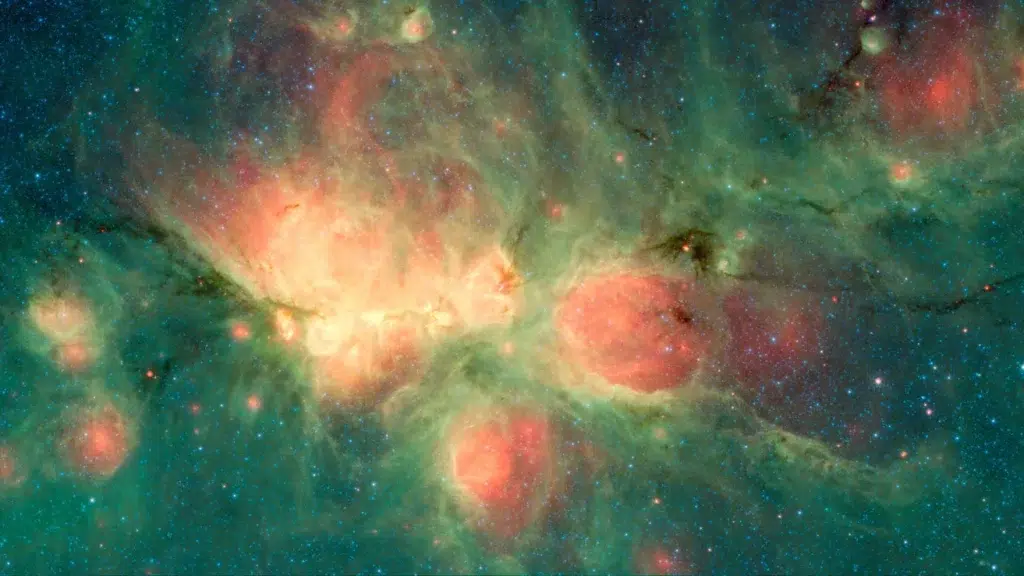Researchers have identified an unusually large, previously unknown type of molecule in the Cat's Paw Nebula, a region of star formation around 5,500 light years from Earth. With 13 atoms, the compound, called 2-methoxyethanol, is one of the largest molecules ever detected outside the our solar system, the scientists reported on 12 April at the The Astrophysical Journal Letters.
See also: Webb has captured a stunning new photo of the Cancer Nebula
We often think about the space as a gap between the stars, but this apparent vacuum is alive and contains chemistry as atoms join and split to create stars and planets for billions of years. Understanding how simple organic molecules such as methane, ethanol and formaldehyde are formed helps scientists to build up a picture not only of how stars and galaxies but also how life began.

Each molecule has a unique energy "bar code" - a collection of specific light wavelengths that the molecule can absorb. At the quantum level, each absorbed wavelength corresponds to a transition between one rotational energy level to another, and each molecule has a different but well-defined set of energy levels where these transitions can occur. This bar code of energy transitions is easily measured in workshopbut scientists must then look for this same energy signature in space.
This is the approach that Fried and his colleagues at MIT used to detect the 2-methoxyethanol, a type 13 persons in which one of the hydrogen atoms of ethanol is replaced by a more complex methoxy group (O-CH3)in the nebula. This level of complexity is highly unusual outside the solar system, with only six "species" older than 13 people have ever been identified.
See also: JWST: Reveals proto-Planetary disks in a nearby star cluster

The team also used artificial intelligence. They had previously developed a method machine learning to model the abundance of different molecular species in different regions of space.
Methoxy-containing species were previously detected in a part of the Cat's Paw nebula, also called NGC 63341. Therefore, the team had a good idea of where to look for the new molecule.
Fried began by measuring the rotational spectrum of 2-methoxyethanol samples in the laboratory. He recorded a total of 2.172 possible energy signals for the molecule. Then, using the array Atacama Large Millimeter/Submillimeter Array (ALMA), a set of 66 radio telescopes in Chile, the team collected measurements from both the nebula and IRAS 16293 and analysed the signals for the energy signature of 2-methoxyethanol.
See also: Christmas Tree Cluster: a "Christmas tree" of stars in the Milky Way!
The team finally located 25 signals from the Cat's Paw nebula and confirmed the presence of the new type of molecule in this star-forming region. Scientists hope that the findings may help future studies to identify other molecules not yet detected in space.
Source: livescience

